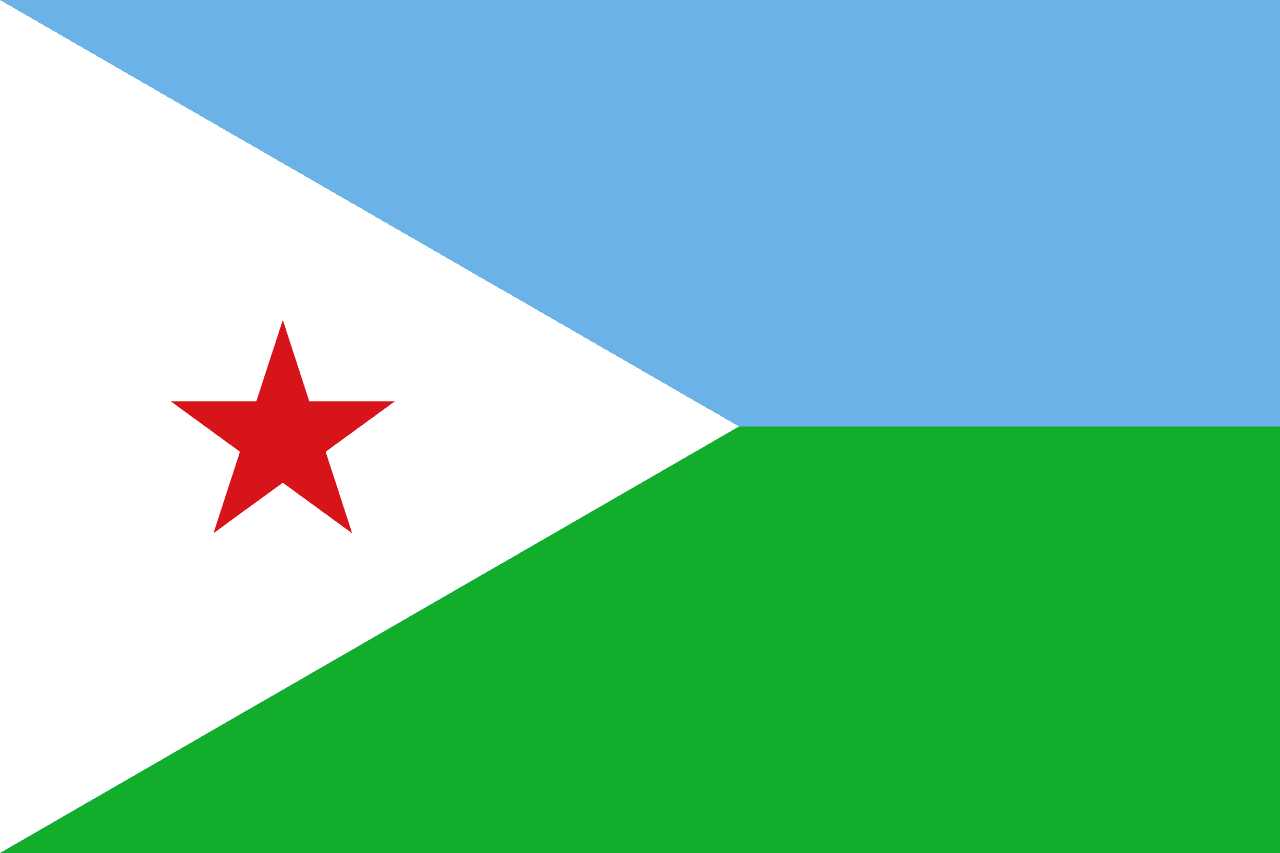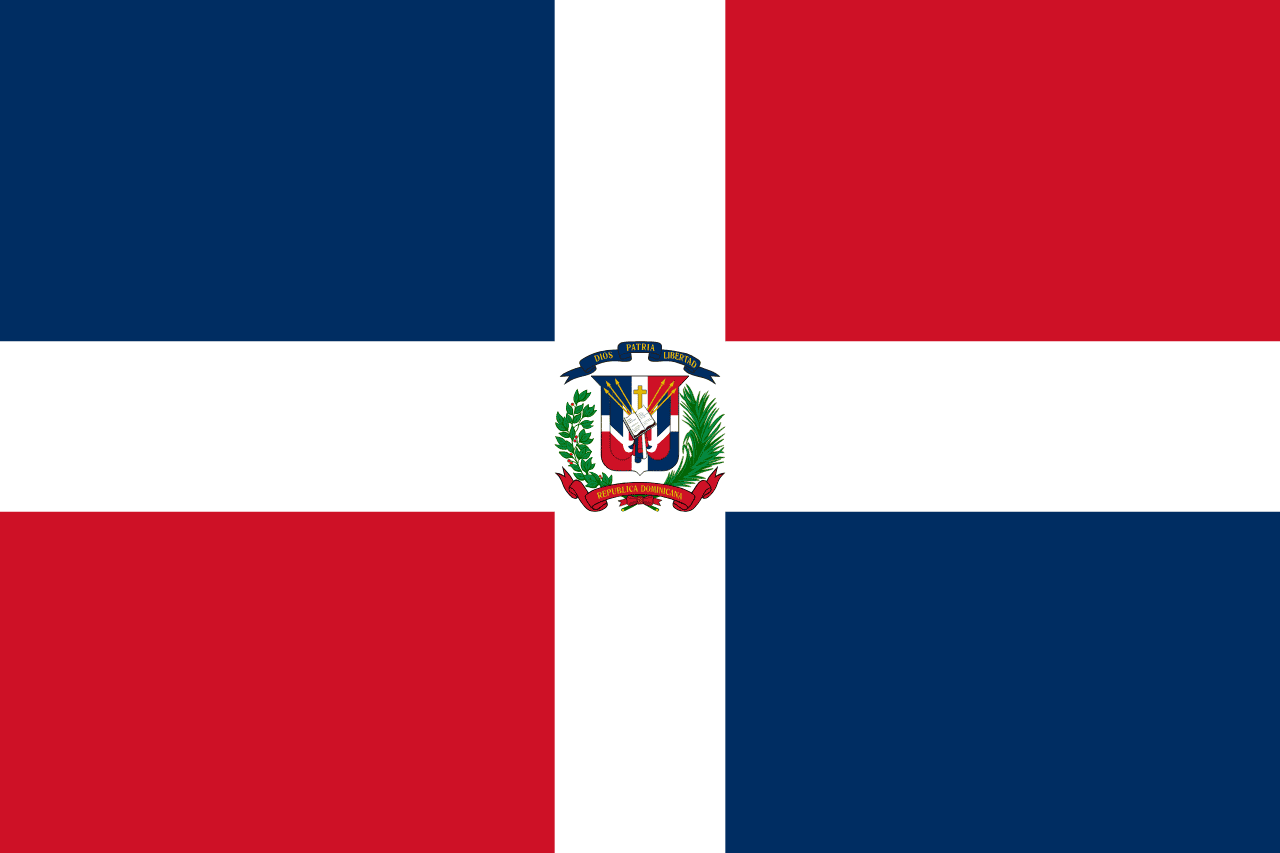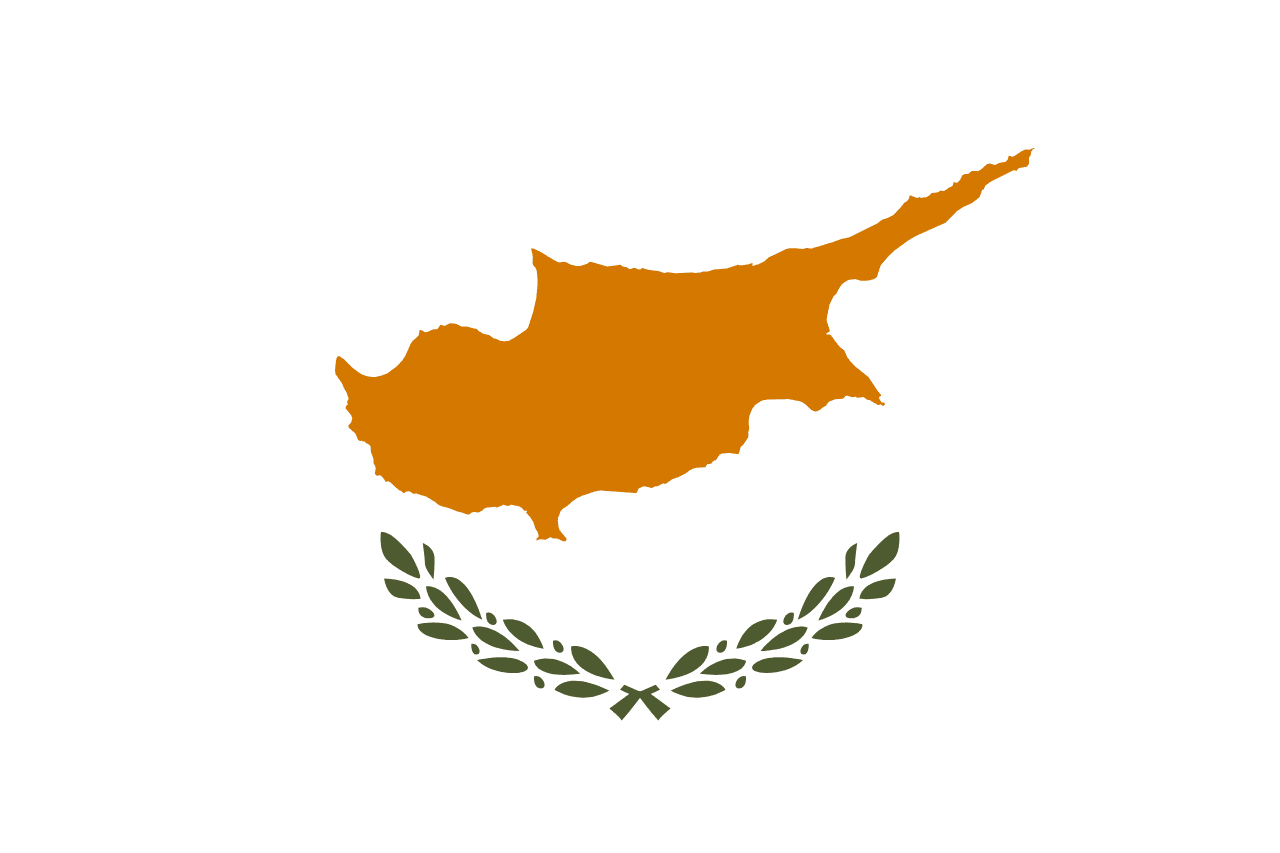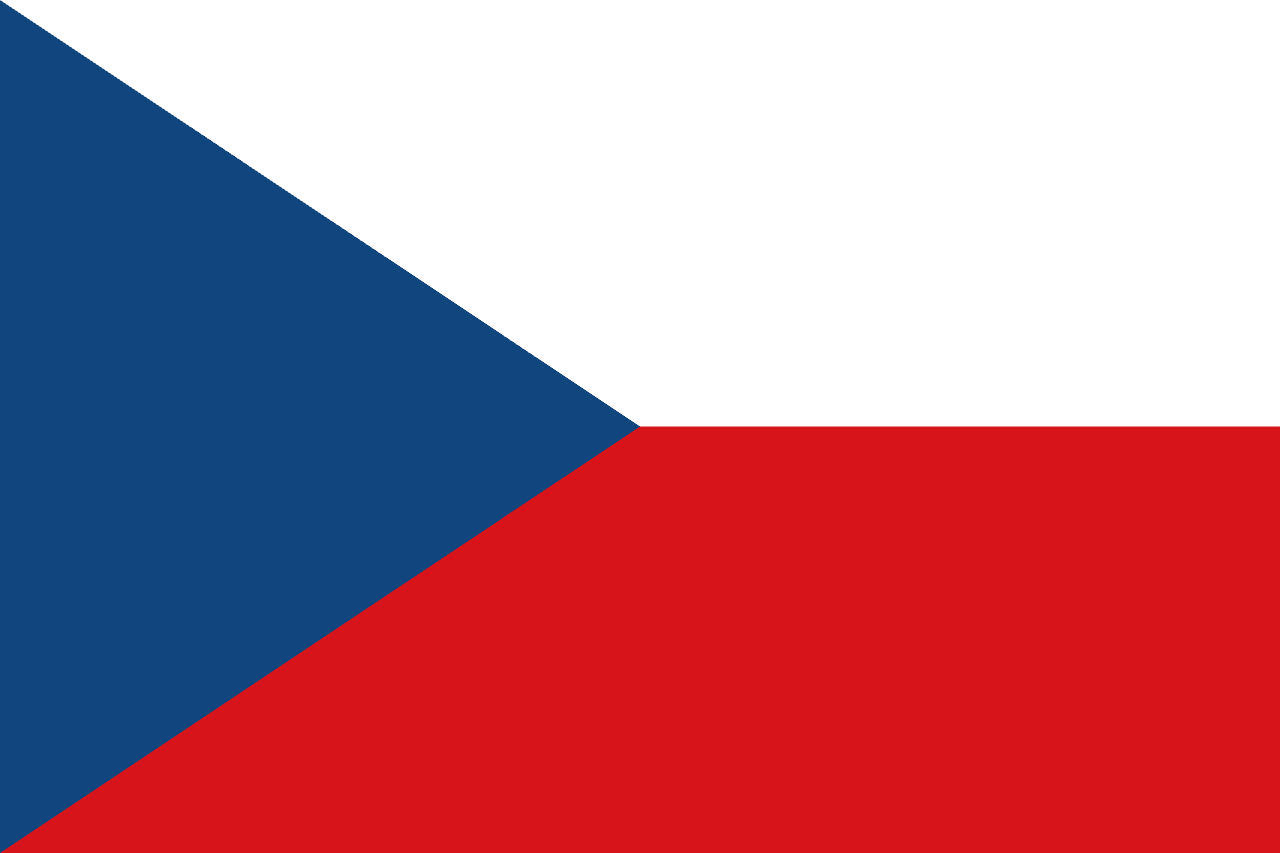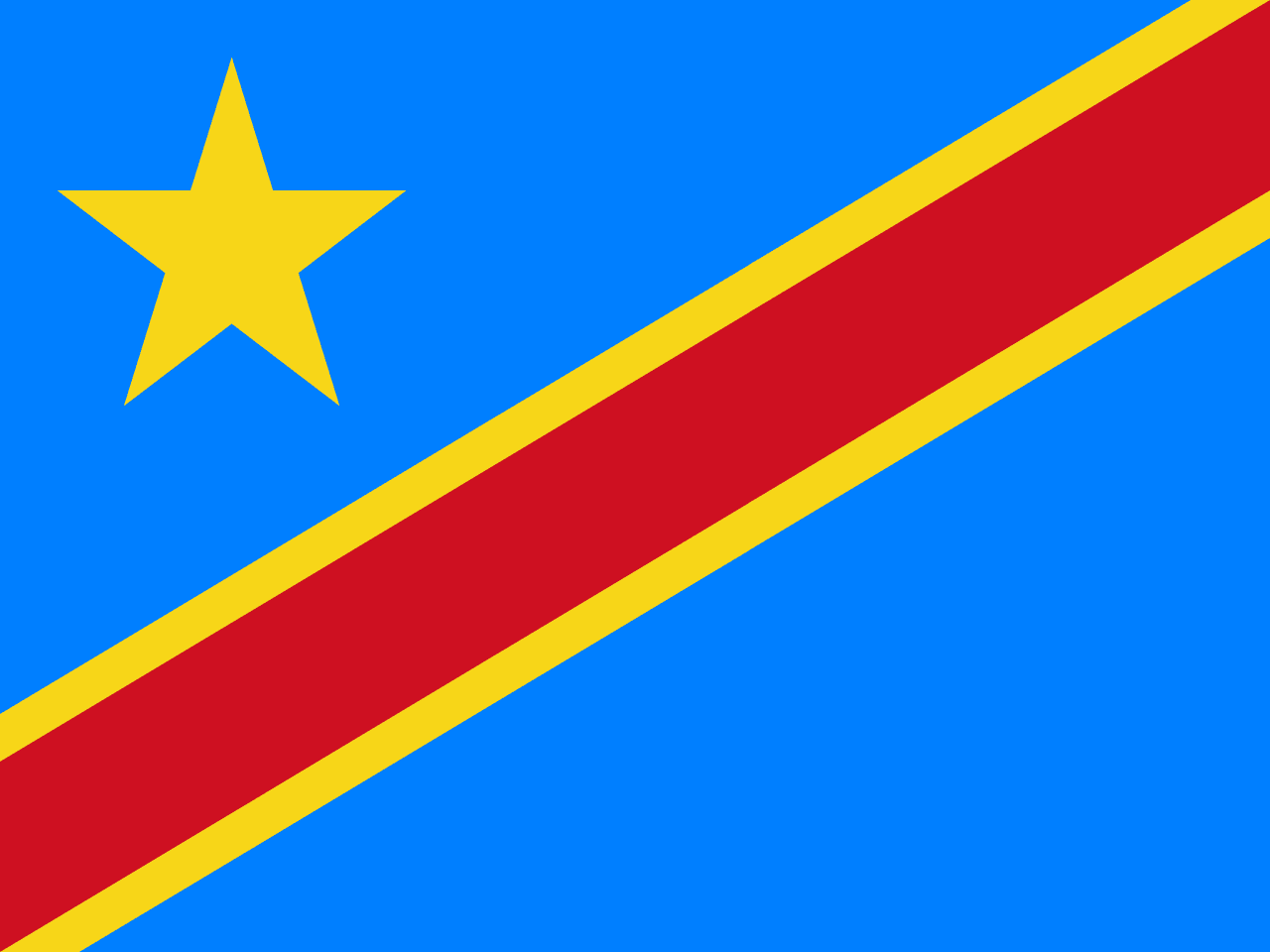The flag of Denmark, known as the Dannebrog (Danish for "Danish cloth" or "Danish banner"), is one of the oldest continuously used national flags in the world. It features a red field with a white Scandinavian cross that extends to the edges of the flag. This simple yet striking design has become an enduring symbol of Danish identity, history, and culture.
Denmark information
| National Flag Day | June 15 (Valdemarsdag or St. Valdemar's Day) |
| Sovereign state | Yes |
| Official name | Kingdom of Denmark |
| Capital | Copenhagen |
| Population | 5,825,021 |
| Area | 43,094 km² |
| Currency | Danish krone (DKK) |
| Language | Danish |
| Continent | Europe |
| Region | Northern Europe |
| Subregion | Scandinavia |
| Borders | Germany |
| Timezone | CET (UTC+1), CEST (UTC+2) |
| Calling code | +45 |
| Top-level domain | .dk |
History of the Danish Flag
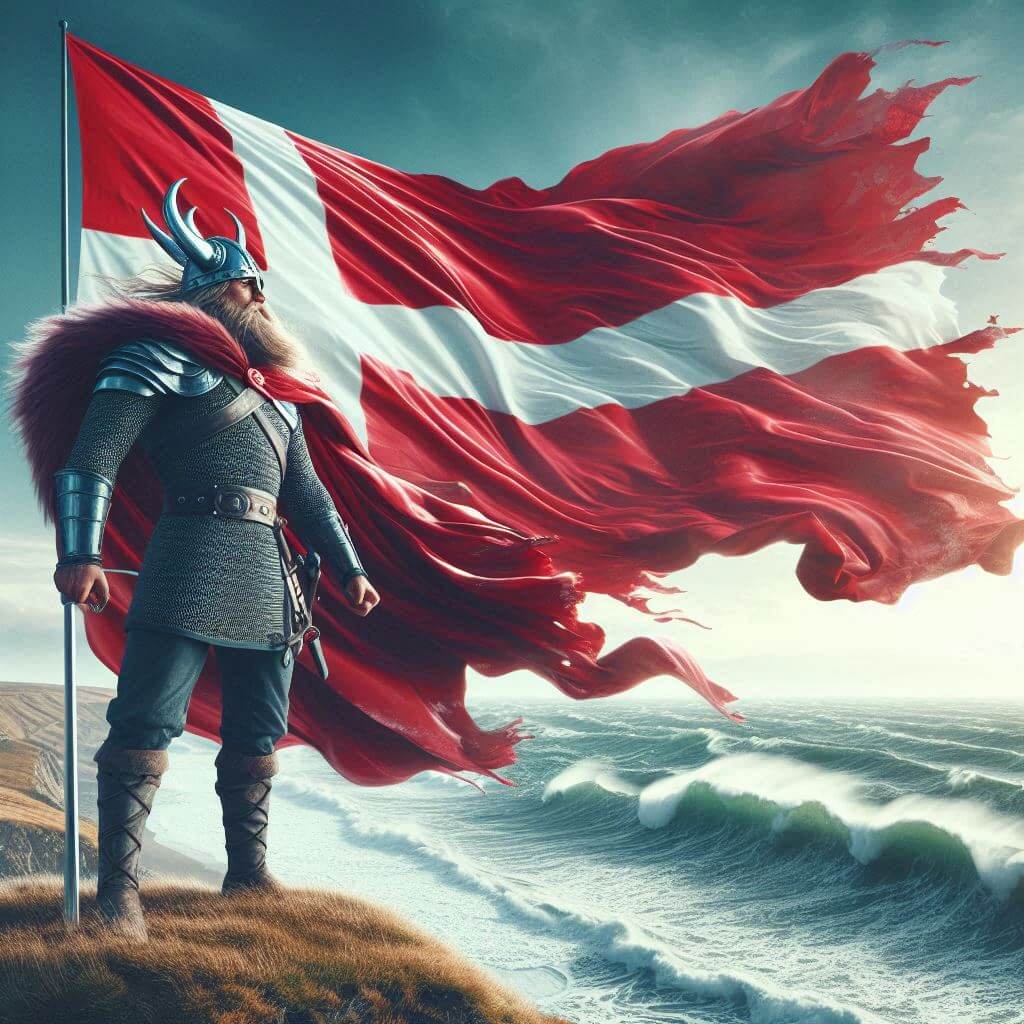 The Dannebrog has a long and storied history, steeped in both legend and fact:
The Dannebrog has a long and storied history, steeped in both legend and fact:
- According to legend, the flag fell from the sky during the Battle of Lyndanisse (modern-day Tallinn, Estonia) on June 15, 1219. This miraculous event is said to have rallied the Danish forces to victory against the Estonians.
- The first documented use of the Dannebrog dates back to the 14th century, making it one of the oldest national flags still in use.
- It became the official national flag of Denmark in 1625 under King Christian IV, although it had been used as a royal banner for centuries before.
Symbolism and Design of the Danish Flag
The Dannebrog's design is rich in symbolism:
- Red field: Symbolizes strength, bravery, and valor. It's also associated with the traditional color of Danish royalty.
- White Scandinavian cross: Represents Christianity, reflecting Denmark's historical and cultural ties to the faith. The cross design is shared with other Nordic countries, symbolizing their shared heritage.
- The proportions of the flag are precisely defined: The white cross must be 1/7 of the flag's height, and the red rectangles in the hoist are square.
Usage and Significance of the Danish Flag
 The Dannebrog holds immense cultural and emotional significance for the Danish people:
The Dannebrog holds immense cultural and emotional significance for the Danish people:
- It is widely used in both official and unofficial contexts, from government buildings to private homes and celebrations.
- The flag is a central part of many Danish traditions, including flying it on birthdays and other personal celebrations.
- It's prominently displayed during national holidays, particularly on Constitution Day (June 5) and on the Queen's birthday.
- The Dannebrog is also used as the naval ensign for the Royal Danish Navy.
Interesting Facts About the Danish Flag
- The Dannebrog is recognized by Guinness World Records as the oldest continuously used national flag in the world.
- Danish flag etiquette is quite relaxed compared to many countries, allowing for widespread use in personal and commercial contexts.
- The design of the Dannebrog influenced the flags of other Nordic countries, including Sweden, Norway, Finland, and Iceland.
- There's a special variation of the flag called the Splitflag, which has a swallow-tail design and is reserved for use by the Danish government and royalty.
- The legend of the flag's divine origin is celebrated annually on June 15, known as Valdemarsdag (Valdemar's Day) in Denmark.
